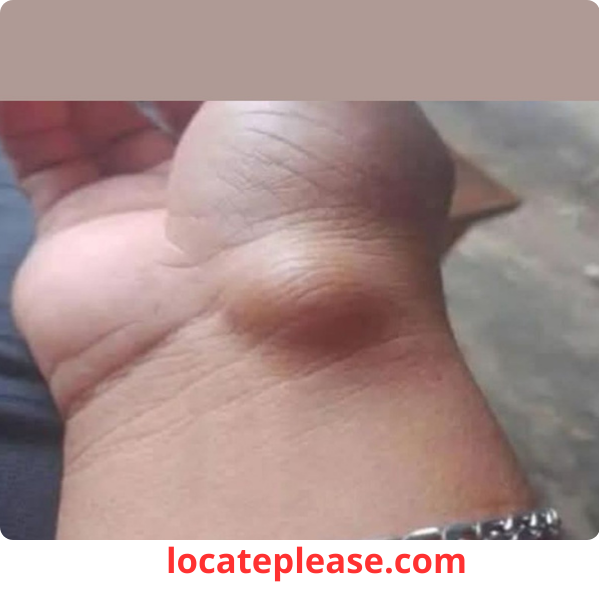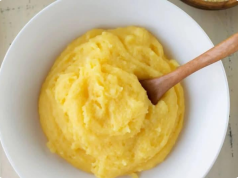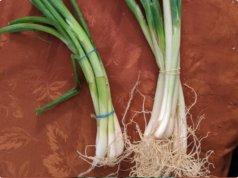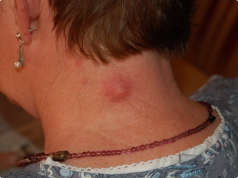You glance down at your arm.
A purple splotch—no bigger than a quarter—sits where no injury should be.
You don’t recall bumping into the counter.
No fall. No stumble.
Just… a bruise.
“It’s just aging,” you tell yourself.
“Maybe I’m getting clumsy.”
But what if those unexplained bruises—especially on your legs, arms, or torso—are your body’s silent distress signal?
What if they’re whispering:
“Something’s broken inside.”
While occasional bruising is normal, sudden, frequent, or mysterious bruises—particularly when paired with other symptoms—could signal a hidden health crisis.
Here’s what medical science says you must know.
🔴 The 5 Most Serious Causes of Unexplained Bruising (And Their Silent Warning Signs)
1. Blood Disorders: The Invisible Threat
- What’s happening: Low platelets (thrombocytopenia), leukemia, or clotting disorders (like hemophilia) prevent blood from clotting properly.
- Red flags:
- Bruises larger than a quarter appearing without trauma
- Pinpoint red/purple dots (petechiae) on legs or torso
- Nosebleeds that won’t stop or bleeding gums
- Fatigue or pale skin (signs of anemia)
- Urgency: Petechiae + fever = seek ER care within 24 hours (possible leukemia or sepsis).
💡 Real case: A 58-year-old woman ignored “age-related bruising” until she developed petechiae on her shins. Tests revealed acute myeloid leukemia. Early treatment saved her life.
2. Medication Side Effects: The Silent Culprit
- What’s happening: Blood thinners (warfarin, aspirin), steroids, or antidepressants thin blood or weaken capillaries.
- Red flags:
- Bruises appearing within 2–4 weeks of starting a new med
- Bruising after minor pressure (e.g., hugging a child)
- Prolonged bleeding from small cuts
- Critical action: Never stop meds without consulting your doctor—but demand a blood test (CBC, INR) to check clotting levels.
⚠️ Shocking stat: 34% of older adults on blood thinners develop dangerous bruising without realizing it’s medication-related (per Journal of the American Geriatrics Society).
3. Vitamin Deficiencies: The Nutritional Emergency
- What’s happening:
- Vitamin C deficiency (scurvy): Weakens collagen in blood vessels
- Vitamin K deficiency: Impairs clotting (common in gut disorders)
- Red flags:
- Bruises slow to fade (lasting 3+ weeks)
- Gums bleeding while brushing
- Rough, bumpy skin (keratosis pilaris)
- Joint pain or swollen gums
- Test it: Press a clear glass over the bruise. If it stays purple, it’s bleeding under the skin—not just surface discoloration.
4. Autoimmune Attacks: When Your Body Turns on Itself
- What’s happening: Conditions like lupus or vasculitis cause immune cells to attack blood vessels.
- Red flags:
- Bruises clustered in lines (along blood vessels)
- Rash + joint swelling (especially knees/hands)
- Sun sensitivity or mouth ulcers
- Don’t ignore: Unexplained bruising + joint pain = 2.7x higher risk of lupus (per Arthritis & Rheumatology).
5. Liver Disease: The Silent Organ Failure
- What’s happening: A damaged liver can’t produce clotting proteins or filter toxins.
- Red flags:
- Bruises on your abdomen (rare in benign bruising)
- Yellowing eyes/skin (jaundice)
- Itchy skin or dark urine
- Swollen ankles
- Urgency: Abdominal bruising + jaundice = liver failure risk—see a doctor within 48 hours.
🚨 When “Just Aging” Is a Dangerous Excuse
Yes, thinning skin and fragile capillaries make bruising more common after 50.
But here’s what’s NOT normal:
- Bruises appearing overnight with no memory of injury
- Bruises that spread beyond the initial site
- Bruising in unusual places (abdomen, back, face)
- More than 5 unexplained bruises in a month
💡 Key insight: After age 60, sudden bruising changes are 4x more likely to signal serious illness than “just aging” (per Mayo Clinic Proceedings).
🌱 The Truth About “Natural Remedies” (Cabbage Leaves, Arnica, etc.)
You’ve seen the hacks: Wrap cabbage leaves on bruises! Rub arnica gel!
Here’s what science really says:
|
Cabbage leaves
|
✅Temporarily reduces swelling
|
Only forsuperficialbruises—useless for internal bleeding
|
|
Arnica gel
|
✅May fade bruising 1–2 days faster
|
Zero impacton serious causes like low platelets
|
|
Vitamin K cream
|
⚠️Mild improvement for surface bruises
|
Won’t fixliver disease or clotting disorders
|
The hard truth:
“Natural remedies treat the symptom—not the disease. If your body is bruising without cause, slapping cabbage on it is like putting tape on a leaking pipe.”
— Dr. Rebecca Lee, Hematologist, Johns Hopkins
🩺 What to Do If You Notice Unexplained Bruising
Step 1: The 48-Hour Self-Check
- Track: Take photos daily—do bruises grow or change color?
- Test: Press a glass over the bruise. If it stays purple, it’s active bleeding (urgent!).
- Review: Did you start a new med/supplement? Check side effects.
Step 2: Demand These Tests
|
CBC (Complete Blood Count)
|
Checks platelets and red blood cells
|
Platelets < 150,000 = risk of internal bleeding
|
|
PT/INR
|
Measures blood clotting time
|
INR > 3.5 = dangerous bleeding risk
|
|
Liver Panel
|
Checks liver function
|
Elevated ALT/AST = liver damage
|
✅ Pro tip: Bring photos of your bruises to the appointment—doctors take visual evidence seriously.
Step 3: When to Go to the ER (Not Urgent Care!)
Seek immediate care if you have:
- Bruises with petechiae (pinprick dots)
- Blood in urine/stool
- Confusion or dizziness
- Bruising after minor head bump (sign of brain bleed)
💡 Prevention: Protect Your Blood Vessels Like Your Life Depends on It
- Eat for strong capillaries: 2x/day vitamin C-rich foods (bell peppers, citrus) + vitamin K greens (kale, spinach)
- Avoid “blood thinners”: NSAIDs (ibuprofen), alcohol, and fish oil supplements unless prescribed
- Wear protective gear: Elbow/knee pads if you bruise easily (yes, adults need this too!)
- Get screened: If on blood thinners, get INR tested every 4 weeks
🌟 Final Thoughts: Your Bruises Are Speaking—Are You Listening?
That purple mark isn’t just a blemish.
It’s a biological message written in your own blood.
Dismissing it as “just aging” could mean missing:
- A treatable blood disorder
- A medication error
- A silent organ crisis
Your body doesn’t lie.
When it bleeds without cause, it’s begging for attention.
So next time you spot a mystery bruise:
👉 Don’t Google.
👉 Don’t wait.
👉 Don’t dismiss.
Act.
Because the difference between a harmless bruise and a life-threatening condition?
It’s written in purple and gold—and only you can decode it.
🩸🩺
Your skin isn’t just a surface—it’s a story. Read it before the ink fades.
Critical reminder: If you’re over 50 and notice sudden changes in bruising, see your doctor within 72 hours. Early detection saves lives.
This article is not medical advice. Consult a physician for personal health concerns.










